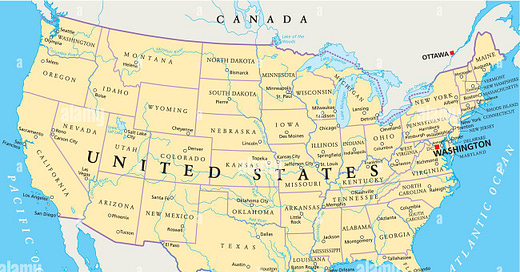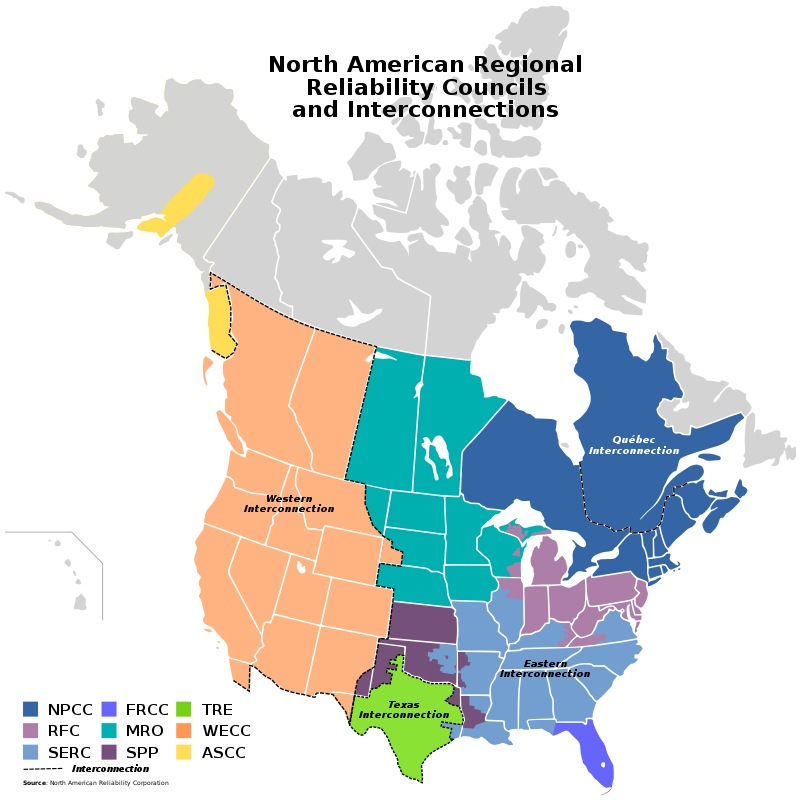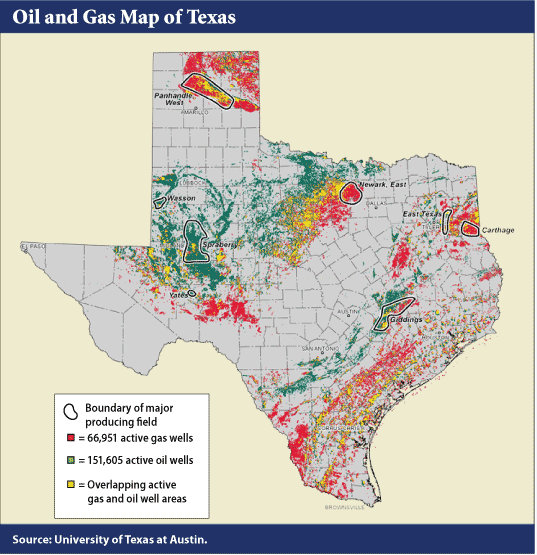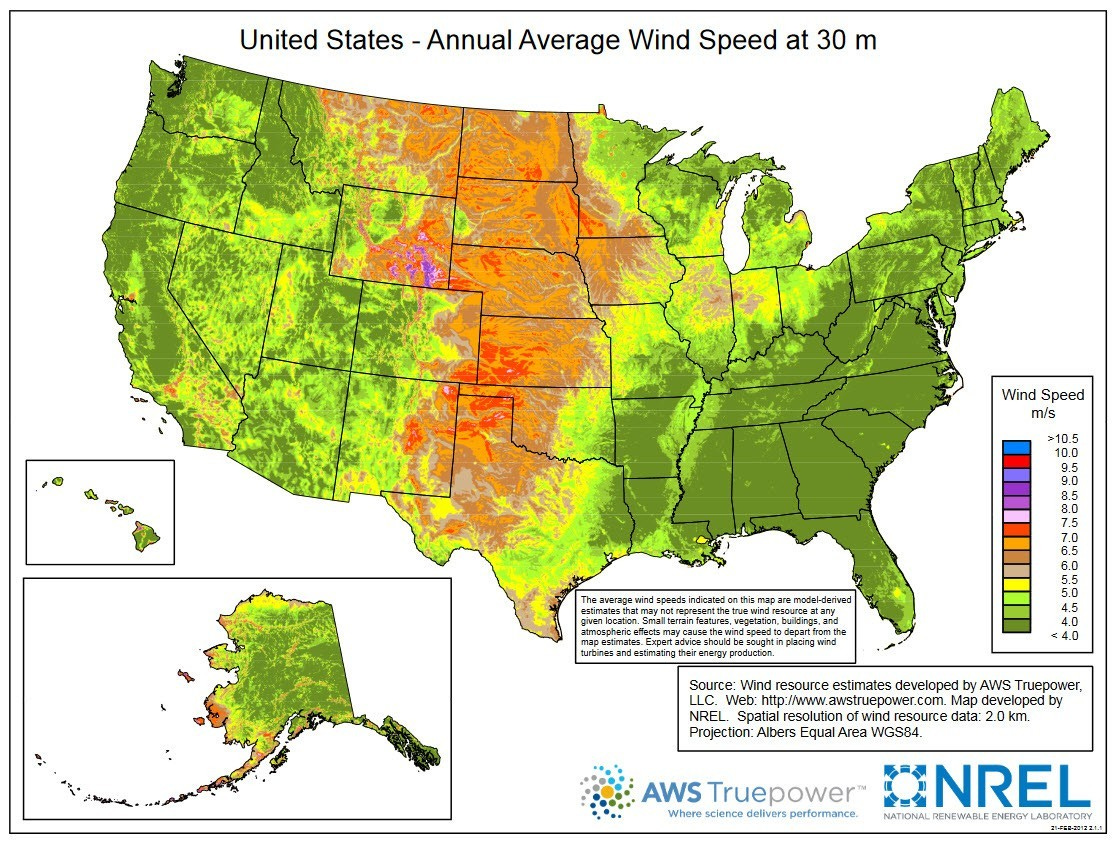The Balancing Act
Fortunate, indeed, is the man who takes exactly the right measure of himself and holds a just balance between what he can acquire and what he can use. Peter Mere Latham
If one were to look at a map of the continuous United States you would be suprised find that America has one of the largest island in the world, Texas. This how majority of people look at Texas on a map, one of many states that make up the continuous United States.
An island is defined by a piece of subcontinental land completely surrounded by water. When viewed from this lense Texas does not fit the typical definition of an island. This is map of North American Electrical Interconnections, notice Texas!
You see electricy in Texas is not handled like other states in the union & given that electricy flows like water rougly 90% of the state is isloated from the rest of the country when it comes to electrical power and generation, viewed from this prism Texas meets the definition of an island. And it is this feature of Texas that makes it an interesting case study for the energy transition.
According to the EIA:
Texas is the top crude oil- and natural gas-producing state in the nation. In 2022, Texas accounted for 42% of the nation's crude oil production and 27% of its marketed natural gas production.
Texas has the most crude oil refineries and the most refining capacity in the nation. The state's 32 petroleum refineries can process a combined total of more than 5.9 million barrels of crude oil per calendar day—one-third of the nation's total refining capacity.
In 2022, Texas generated 26% of all U.S. wind-sourced electricity, leading the nation for the 17th year in a row. Wind power surpassed the state's nuclear generation for the first time in 2014 and exceeded coal-fired generation for the first time in 2020.
In 2022, Texas produced more electricity than any other state and generated twice as much as second-place Florida. Texas accounted for more than 12% of the nation's total electricity net generation that year.
Texas leads the nation in energy consumption across all sectors and is the largest energy-consuming state in the nation. The industrial sector, including the state's refineries and petrochemical plants, accounts for more than half of the state's energy consumption and for 23% of the nation's total industrial sector energy use.
Texas is the largest emitter of CO2.
Suffice to say Texas with it’s 483,571 miles of pipelines, 52,700 miles of transmission lines, large oil & gas fields with The Permain, Eagle Ford, The Barrent, Haynesville Shale, East Texas feild, & the Anadarko calling it home, vas Petrochemical & exports facilities—accounting for 64.4 percent of U.S. energy exports by trade dollar value—Texas is America’s energy barometer.
This is due in part Texas geography history. What is now Texas was once a shallow sea adjacent to what is now the Gulf of Mexico. Serving as a drain for major region it became a dumping ground for organic material & sediment. These material & sediment form the bases for the oil & gas fields in Texas today. Allowing Texas, if it was a stand alone country, to be the world's third-largest producer of natural gas and the fourth-largest oil producer.
Texas location also places it in Tornado alley a section of the country with vast wind resources, ideal for wind power generation.
And with Texas not subject to Federal interstate commerce clause for electricity due to a 1945 Supreme Court case, Connecticut Light & Power Co. v. FPC, 324 U.S., Texas has had the unique ability to shape it’s grid in a manner much different than the rest of the country, allowing for fast tracking of permits, construction, & projects approvals much faster than the rest of the country.
In February 15, 2022, American Clean Power released the Clean Power Quarterly 2021 Q4 Market Report. The top five states were for renewable installation were Texas, California, Oklahoma, Florida, & New Mexico. Of the 200 gigawatts of new installation in the United States, Texas was by far the largest with 7,352 MW of clean capactity far surprassing California (2,697 MW).
And it is precisely this new installions that are causing issue for Texas grid. During the winter storm 2021 Texas suffered two weeks of blackouts cause in large part by freezing wind tribunes causing generation loss while placing strain on the natural gas system until it gave out.
And accordingly, as more and more solar and wind capacity comes online, due to the Federal spending—think IRA Act, The production tax credit (PTC), Investment Tax Credit (ITC)—more curtailments are projected to rise. Forcing state lawmakers to act to balance the ebbs & flows of electrical generation. If current projects hold true, than that is a lot of elecrity to be accounted for. Lawmakers & ERCOT would have to answer for blackouts & browns outs.
In 2021 the social media platform reddit had 140 comments of Texans describing situations where their smart thermostat was changing temperatures.
“Across Texas, tens of thousands of customers elect to participate in what are known as Demand Response Programs that help to reduce the strain on Texas’ grid in extreme weather. ERCOT, the TDUs (Transmission and Distribution Utility – like Oncor), and retail electric providers all encourage Texans to participate as a way to conserve energy and save money on their energy bills,” TXU spokesperson Kyle Weeks told the Star-Telegram. “Demand response programs can automatically adjust the set temperatures on customers’ thermostats by a few degrees for a short time, normally less than an hour, when the grid sees incremental stress (this can be called by ERCOT, the TDUs or the retail electric providers). While customers agree to this upfront as an important conservation tool, they can typically override the demand response event depending on their unique needs.”
We can see the foundation being laid, as more and more intermediate generation comes online contributing to unstability of the grid—straning baseload sources, e.i. coal & natural gas in the process—thereby hurting grid operators duties in manitaining the grid, actions will be taken. And this is where E.Vs come in. With the need to build out & upgraded the American grid to accomadate the growth in renewables & with the difficulties permitting large infrasturcture projects, E.Vs will be hailed as a panacea.
Electric vehicles (EVs) have batteries that can theoretically power a home for several days. A typical EV stores about 67 kWh in its battery, more than three days’ worth of electricity. Following the template of the Texas’s demand response programs, citizens will be offered financial incentives to use their E.Vs as a disturbable tool, when renewables generator more power than the grid can handled the batteries will be used for storage for access supply or when curtailments are needed for access demand, then E.Vs will be use to power as a microgrid, power the homes when demand outstrips supply and as a battery for supply outpaces demand. This is partly why E.V.s are being pushed so hard in the United States, as various studies & reports have confrimed E.V.s offer no environmental benefit, either directly or indirectly, with only minor direct emissions reductions. It must be then concluded that the push for E.Vs and it’s assoicated infrastructure build out have less to do with emission reduction and more to do with accessing the copious amount of Federal dollars attached with climate spending. As American economy is highly financialized needing an ever increasing velocity of money for debt financing and the protection of the 1%, owing to the fact that the veloctiy of money general ends up in the hands of the people with the capital—Trickle-up economics.
With the torrent of state bans on new ICE sales, EPA regulations & Federal incentives, I see this outcome as inevitable.
As always thank you for reading and I welcome you’re feedback. This is my outlook and not intented to be investment advice.









